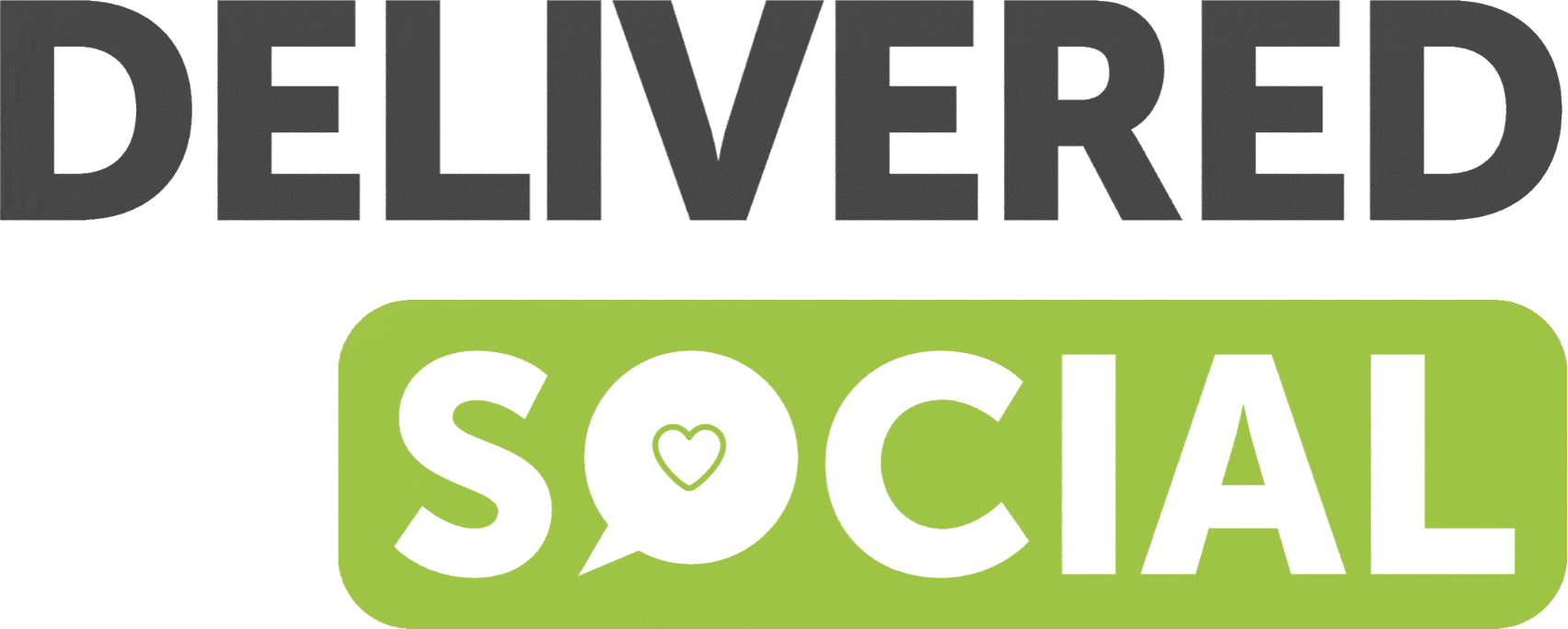What glasses are you wearing?
Our beliefs shape how we perceive the world, make decisions, and interact with others. These beliefs serve as mental filters through which we interpret events. While they may act as defence mechanisms to protect us from failure or pain, they often lead to negative emotions such as anxiety, procrastination, or imposter syndrome. Limiting beliefs, in particular, act as invisible barriers that hold us back from engaging freely and without fear. Over time, they become self-fulfilling prophecies that confine us within our comfort zones and prevent us from exploring new possibilities.
Or put another way, our limiting beliefs are the glasses we wear to interpret our reality. What we ‘see’ becomes what we believe, respond to and build our behaviour on. To mix the metaphors, what glasses are you wearing? Is your glass half full or half empty?
Limiting beliefs are deeply ingrained assumptions or convictions about ourselves, others, or the world that restrict our actions and potential. These beliefs often stem from early life experiences, societal norms, or past failures. For instance, statements like “I’m not good at maths,” “I don’t deserve success,” or “Taking risks never works out for me” reflect self-imposed limitations that hinder growth.
On the other hand, adopting a “glass half full” mindset can help us overcome these barriers by fostering optimism, resilience, and a sense of abundance. This interplay between limiting beliefs and positive thinking is crucial for personal growth and success.
Breaking free from seeing the glass half empty requires a conscious effort to identify, challenge, and replace it with the active choice of searching for the positive. Here are some practical steps:
- Identify the Belief: The first step is recognizing the specific belief holding you back. For example, if you believe you’re “too old to start a new career,” write it down and analyse its origin.
- Challenge Its Validity: Once identified, question whether this belief is based on facts or assumptions. Often, these beliefs are rooted in past experiences that no longer apply to your current circumstances.
- Reframe the Belief: Replace the limiting belief with a positive statement. For instance, instead of saying, “I’m not good enough,” reframe it as “I am learning and improving every day”.
- Take Action: Start with small steps that challenge your belief. If you think you’re not creative enough to paint, try creating something simple and build your confidence gradually.
- Seek Support: Mentors or coaches can provide guidance and accountability as you work to overcome these mental barriers.
The concept of seeing the glass as half full is more than just adopting a positive outlook; it’s about focusing on opportunities rather than limitations and fostering resilience in the face of adversity.
Limiting beliefs often stem from a scarcity mindset, which views resources, particularly our own gifts and skills, as finite or goals unattainable. This perspective can make individuals hesitant to take risks or pursue their dreams.
In contrast, choosing to see the glass half full encourages people to believe that there is always enough to go around and that current challenges are stepping stones toward future success. A growth mindset says, ‘I don’t know how to do this yet. But I know who I can ask and I am willing to learn.’ A scarcity thinker might say, ’I’ll never have enough money to start my business,’ while an abundant thinker would say, ‘I’ll find ways to secure funding because this idea is worth pursuing.’
Shifting from glass half empty to glass half full requires awareness, discipline, kindness to ourselves. The following list can support us as we make this shift:
- Gratitude Practice: Reflect on what you’re thankful for each day to train your mind to focus on positives.
- Reframe Challenges: Instead of seeing obstacles as roadblocks, view them as opportunities for growth.
- Surround Yourself with Positivity: Engage with people who inspire and uplift you.
- Celebrate Small Wins: Acknowledge progress toward your goals to build momentum.
- Mindfulness Exercises: Practices like meditation can help you stay present and reduce negative thought patterns.
A positive outlook doesn’t ignore challenges but reframes them as opportunities for learning and improvement. When combined with actionable strategies for overcoming limiting beliefs, this mindset can transform not only how we see ourselves but also how we engage with the world around us.
Sometimes we are unaware of our limiting beliefs as we simply think they are true facts and unchangeable. A life coach observes patterns of limiting beliefs and can gently challenge and support the client to discover alternative ways of looking at the situation.
So is the glass half empty? It depends on how you look at it. But yes, it is.
So is the glass half full? It depends on how you look at it. But yes, it is.
Transformational Questions:
- Notice an automatic assumption the next time you face a challenge.
- Grab that assumption and look at it from a different perspective.
- How can you look at the situation with a ‘glass half full’ mindset?
- What one step can you take to replace the ‘empty’ glass with a ‘full’ one?
My Standing at the Crossroads coaching package provides the opportunity for you to take time to discover elements of good decision making and recognise hurdles to your destination. Coaching can bring your unique path into focus and raise your confidence in the choices you make. Do reach out to me so I can join you on your journey.
If you have found benefit from reading this, please share with your friends and network.
If you would like to explore this further in a coaching context please contact Anna at digdeepdreambig@gmail.com




